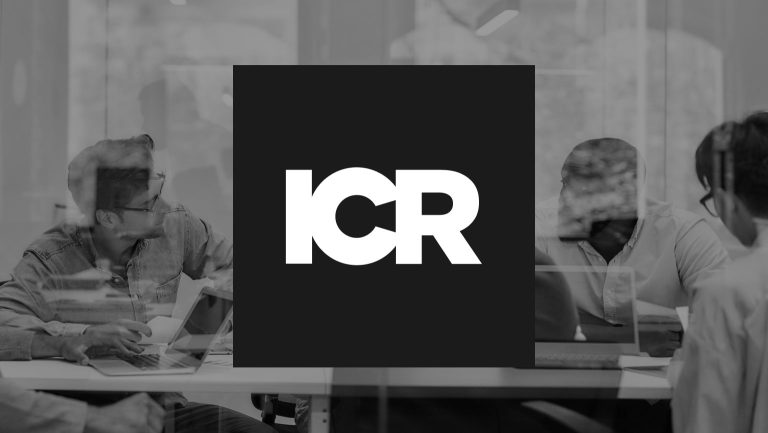While the political debate in Washington over international trade and a possible re-write of NAFTA may affect the future flow of goods between the U.S. and Canada, there is no expected slowdown in the pace of Canadian, or TSX-listed, companies looking to list in the U.S. But there are a number of important distinctions between how the respective markets and exchanges work that are important for investor and public relations professionals to understand, especially when a company is executing an IPO that will be dual-listed.
The different practices in the U.S. and Canada create nuances in how IR and PR professionals prepare for IPO’s that are dual listed in these countries.
First from a legal standpoint, in the U.S., lawyers do not approve of including forward looking information in the prospectus. In addition, roadshow presentations are not filed publically in the U.S. In contrast, in Canada, roadshow presentations are made public and any forward looking information shared in a roadshow document must also be included in the prospectus.
This creates a challenge because companies going public in the U.S. typically share long term growth algorithms, which assist companies with no public company track record with investors to:
1. Control the message when a company has experienced extremely strong growth historically that is expected to moderate or include future investment spend that will impact earnings.
2. Instill confidence that the company’s strategies will result in growth at a specific pace.
To get around this challenge, IR professionals can assist management to identify a few metrics that the Company has good control over for inclusion in the prospectus/roadshow presentation, as these talking points can effectively get investors to the right place.
The second distinction involves the IR calendar. In addition to different exchange holidays, IR professionals should be aware that Canadian companies have a practice of requiring the Board to review earnings results the day of or the day before the company reports publicly. In contrast, many U.S. clients simply hold an audit committee call the day before the earnings release date and schedule a full Board meeting a week or more after the earnings call. It is necessary to build this process into the calendar leading up to earnings.
The third and final issue to contend with is listing day. PR teams should prepare for the logistical challenges that come along with two Listing Day stock exchange events, the opening bell at New York Stock Exchange or NASDAQ and the closing bell at the Toronto Stock Exchange. To prepare management for all potential scenarios, PR teams should schedule several media training sessions with the CEO/CFO, focusing on the many hot topic issues that face the Company, the industry, the dual-listing, as well as the current political climate in both countries and how one may impact the other.
When it comes to a dual-listed IPO, communications professionals need to be bi-lingual when it comes to the language of each country’s respective markets, exchanges and rules.



